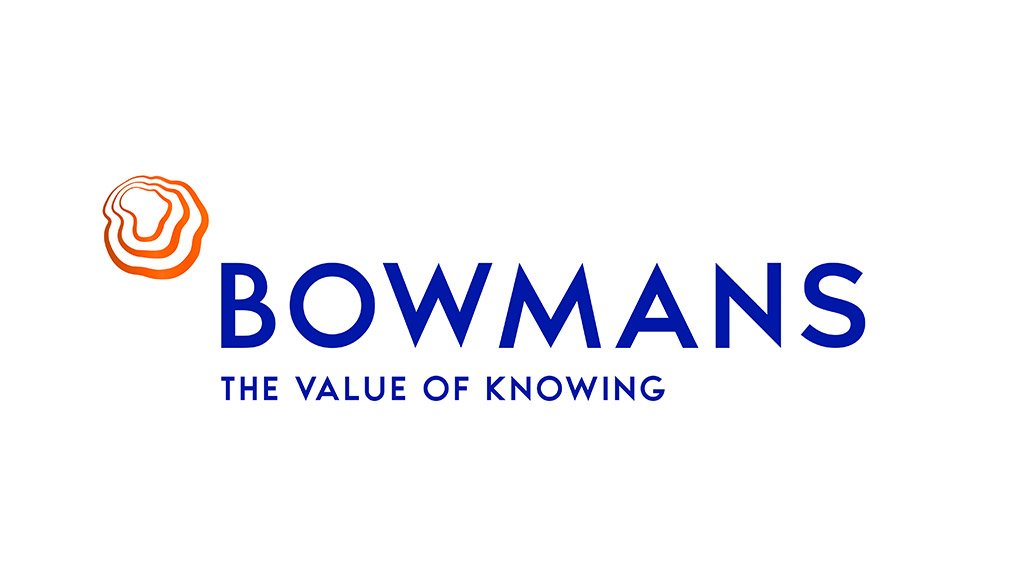The new Code of Good Practice on the Prevention and Elimination of Harassment in the Workplace (Code), which became effective on 18 March 2022, seeks to address the elimination and prevention of all forms of harassment (and not only sexual harassment) that pervade the workplace.
But what are the various types of harassment that may occur in the workplace?
The Code deals with the concept of harassment broadly and highlights sexual harassment and racial, ethnic or social origin harassment as specific forms of harassment.
Types of harassment
The Code provides that harassment is generally understood to be unwanted conduct that:
- impairs dignity;
- creates a hostile or intimidating work environment or has the effect of inducing submission through actual or threatened adverse consequences; and
- is related to one or more grounds of discrimination that are prohibited in terms of the Employment Equity Act, for example, gender, race, sex, ethnic or social origin, pregnancy, age, disability or on any arbitrary ground.
A wide range of conduct in the workplace may constitute harassment. Examples provided for in the Code include:
- slandering or spreading rumours;
- conduct which humiliates, insults or demeans an employee;
- withholding work-related information or supplying incorrect information;
- sabotaging or impeding work performance;
- excluding an employee from work or work-related activities;
- intolerance of psychological, medical, disability or personal circumstances; and
- demotion or disciplinary sanctions without justification.
The Code also recognises that there may be a number of different terms used to describe conduct in the workplace that amounts to harassment, including bullying, intimidation, vertical and horizontal harassment, passive-aggressive or covert harassment, online harassment and creating a hostile work environment.
How is harassment assessed?
One of the most challenging issues for employers arising from the Code will be to determine whether the specific conduct that an employee complains of does in fact amount to harassment.
The question of whether or not conduct constitutes harassment should be assessed objectively, but from the perspective of the complainant who alleges harassment. The primary focus of the enquiry is on the impact of the conduct on the employee concerned.
The Code acknowledges, however, that there may be circumstances in which the perceptions of the complainant are not consistent with the views of a reasonable person. In these circumstances, the employer will be required to consider the societal values reflective of our constitutional ethos.
The following factors may be relevant to determine whether harassment has occurred:
- the context of the harassment;
- the circumstances of the complainant and the impact that the conduct had on the complainant; and
- the respective positions of the perpetrator and the complainant.
Sexual harassment
Sexual harassment is a specific form of harassment and constitutes unfair discrimination on the prohibited grounds of sex, gender and sexual orientation.
For purposes of the Code, sexual harassment is defined as unwelcome conduct of a sexual nature, whether direct or indirect, that the perpetrator knows or ought to know is not welcome.
The unwanted conduct must be of a sexual nature and may include physical, verbal or non-verbal conduct. Sexual harassment may include, but is not limited to:
Victimisation – which occurs where an employee is victimised or intimidated for failing to submit to sexual advances, attention or proposals.
Quid pro quo harassment – which occurs when an employee is coerced, or there is an attempt to coerce the employee, into engaging in, tolerating or surrendering to, sexual acts or advances in order to obtain job-related benefits or to avoid a job-related detriment.
‘Sexual favouritism’ – which is an example of quid pro quo harassment and occurs where a person who is in a position of authority rewards only those who respond to her/his/their sexual advances, while other deserving employees who do not submit to the sexual advances are denied promotions, merit ratings or salary increases to name a few.
Racial, ethnic or social origin harassment
Racial, ethnic or social origin harassment is another specific form of harassment and constitutes unfair discrimination on the prohibited grounds of race, ethnic origin or social origin.
In terms of the Code, racial, ethnic or social origin harassment is unwanted conduct based on race, ethnic or social origin, or a characteristic associated with, or presumed to be associated with, such group, that undermines a person’s dignity, or that creates an intimidating, hostile or humiliating working environment.
Explicit racial conduct or conduct involving racial innuendo or stereotyping is assumed to be unwanted and offensive to any individual who may be exposed to the conduct.
Examples of this type of harassment provided for in the Code include:
- abusive language and racist jokes or memes;
- racially offensive written or visual material;
- racist name calling or negative stereotyping;
- offensive behaviour in the form of open hostility to persons of a specific racial, ethnic or social group; and
- subtle or blatant exclusion from workplace interaction and activities.
In terms of the Code, employers are required to implement awareness training initiatives to educate employees about the types of harassment that may take place in the workplace. This will be one of the factors that is taken into account when determining whether an employer has complied with its obligations for purposes of section 60 of the Employment Equity Act.
Written by Nadine Mather and Rosalind Davey, Partners at Bowmans South Africa
EMAIL THIS ARTICLE SAVE THIS ARTICLE ARTICLE ENQUIRY
To subscribe email subscriptions@creamermedia.co.za or click here
To advertise email advertising@creamermedia.co.za or click here











